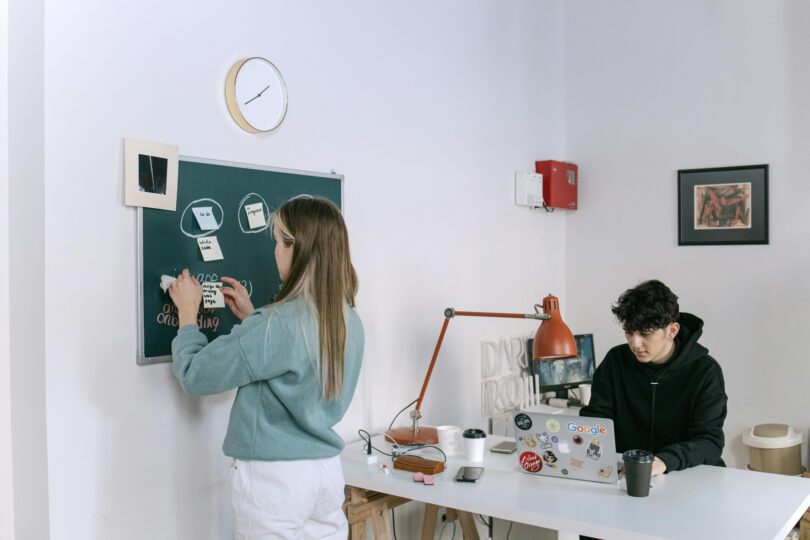Personal growth is not a one-size-fits-all journey. Each individual has unique learning preferences, strengths, and goals.
A personalized learning plan (PLP) is a tailored roadmap that aligns with your interests, aspirations, and learning style. In this guide, we will explore the steps to create an effective PLP that maximizes self-improvement and lifelong learning.
What is a Personalized Learning Plan?
A personalized learning plan is a structured yet flexible approach to self-improvement. Unlike traditional learning methods, it adapts to your pace, interests, and strengths. Whether you want to develop new skills, enhance your knowledge, or achieve career growth, a PLP provides a clear path forward.
Steps to Create a Personalized Learning Plan
1. Identify Your Goals
Define what you want to achieve through your learning journey. Your goals should be SMART (Specific, Measurable, Achievable, Relevant, and Time-bound). For example:
- Learn a new language within six months
- Improve leadership skills for career advancement
- Enhance emotional intelligence to build better relationships
2. Assess Your Learning Style
People absorb information differently. Determine whether you are a:
- Visual Learner – Prefers images, videos, and diagrams
- Auditory Learner – Learns best through listening (podcasts, lectures)
- Kinesthetic Learner – Gains knowledge through hands-on experience
Once you understand your learning style, you can choose the right resources and methods.
3. Select the Right Resources
Based on your learning style and goals, curate a mix of educational materials such as:
- Books & eBooks – Great for in-depth knowledge
- Online Courses – Platforms like Udemy, Coursera, and Skillshare
- Podcasts & Audiobooks – Perfect for auditory learners
- Workshops & Hands-on Training – Ideal for kinesthetic learners
4. Develop a Learning Schedule
Consistency is key to self-improvement. Allocate specific time slots for learning activities and stick to them. A structured schedule will help you stay on track.
Example Schedule:
| Time | Activity |
|---|---|
| 7:00 AM – 8:00 AM | Reading a self-improvement book |
| 12:30 PM – 1:00 PM | Listening to a podcast |
| 6:00 PM – 7:00 PM | Taking an online course |
5. Track Your Progress
Use journals, habit-tracking apps, or spreadsheets to measure your progress. Regular reflection helps in identifying areas for improvement and maintaining motivation.
6. Adjust and Adapt
Your learning needs and goals may evolve over time. Periodically review your PLP and make necessary adjustments to ensure continuous growth.
Conclusion
A personalized learning plan empowers you to take charge of your self-improvement journey. By setting clear goals, choosing the right learning methods, and staying consistent, you can achieve significant personal and professional growth. Start today and unlock your full potential!





